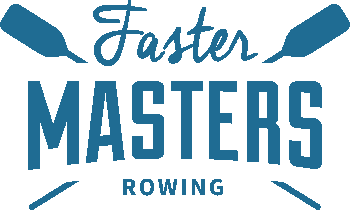Converting those erg watts to more boat meters per second demands a plan. Get more out of your stroke without more time on the water. Today we are going to show you how to sync your technical focus with your fitness and mental training.
One Year Rowing Plan
Based on one racing peak per year, divide the year into these three training phases each with its own focus and demands.
- General Preparation Phase
- Specific Preparation Pre-Competitive Phase
- Competitive Phase
Your rowing year plan begins with the general preparation phase is approximately seven months in duration. Work on creating a solid foundation of stroke elements. The core stroke elements are drive initiation, mid-drive power and recovery. Use drill work to kick off each workout by choosing one exercise as your focus. Then incorporate the drill learnings into steady rows. Emphasize improving weak elements, defining new movements, and solidifying these movement patterns.
The specific preparation pre-competitive phase is two months long. Hold gains made thus far. This is the period of highest physical stress. Your goal here is to maintain your movement pattern or “form” while training with high levels of lactic acid present in your blood while in a fatigued state. You need high levels of mental concentration to complete each workout.
When specific preparation shifts to the competitive two months of the season, turn your attention back to technique in order to sharpen your racing skills. Clean up your movement patterns on the erg or bladework in the boat at high tempos. Focus on refining your start sequences and practice stroke transitions from the start to the mid-race pace regularly. Polish the best aspects of your stroke and build your crew’s confidence. This is not a good time to make major technical changes because of the lengthy time it takes to neurologically ingrain a new movement pattern.
Once your season has ended, a one-month transition period is the time to address physical limitations that affect your technique. Then the cycle starts again.
Masters Rowing Advocacy
Would you like to publish this article in your club newsletter or website?
Join our Masters Rowing Advocates mailing list and we will send you one article a month. Sign up on our Advocacy page.
You can copy the text on this page. Or download the PDF.


